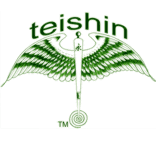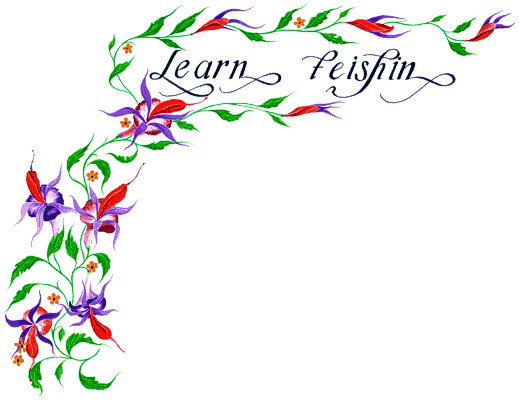Needleless
Acupuncture


Qigong
To discover the origins of Qigong, prepare to be ensnared in a forest of opinions, ancient documents, belief systems, and political agendas. Estimates of it’s beginnings range from 1000 to 10,000 years ago, and the number of practices is equally variable, sometimes estimated at several thousand. Participating in this intellectual guessfest really does nothing to further your personal rejuvenation, which is the goal of these practices.
My own entry into Qigong was quite unintentional.
In the mid 70’s, I was hitchhiking in the Santa Cruz mountains of California (we did that in those days), when a pickup truck screeched to a halt and the driver, a tall bearded man. jumped down from the cab and said “I see you are wearing Chinese shoes…do you do Tai Chi?” I replied that I had seen it, but wasn’t exactly sure exactly what it was. So he asked me if I would like to see his dojo, (a place of awakening). This turned out to be a large room with various types of martial arts equipment, located on a beautiful, sunny, plot of land filled with birds, and butterflies.
He performed a TaiChi set for me and asked me if I would like to learn. Of course I said yes. He then showed me three movements and the next day drove me to my destination, telling me to practice and he would check to see how I was progressing. In the traditional Chinese style, he refused to give me more movements until I had practiced these three for several months. He said he followed the Chinese saying “One hundred times to learn, one thousand times to teach, ten thousand times to master”. During our sessions, he would often introduce breathing and movement techniques, which he referred to as “warm-ups”. Only much later did I discover that these were actually Qigong! And as time passed, I began to feel that many of the health benefits that I was experiencing were actually from these “warm-ups”.
Meanwhile the effectiveness of these techniques in producing recognizable results, began to gain notice in our western culture in a number of spheres. In medical circles, by demonstrating measurable effects such as increasing blood alkalinity, lowering blood pressure and cholesterol, and reducing stress. Among martial artists, Qigong produced an increase in strength, coordination, and speed. Among practitioners interested in personal development, and cultivating awareness, it was seen to increase concentration, calmness, and clarity. It also became recognized as a natural companion to meditation, and was found to aid practitioners to replace unhealthy habit patterns and addictions.
In an attempt to understand this mysterious art, Qigong techniques have been classified in many different ways. One method of categorizing them is according to historical lineage. The majority are of Taoist (Chinese), Buddhist (India), or Tibetan origins.
Another system is based on characteristics of the practices themselves, often classified as follows:
- moving or still
- fast or slow
- standing or sitting
- internal or external
- sound or visualization
- shaking, striking, or self massage
- sense organ practices
- joint mobility practices
- breath centered practices
- stretching and flexibility practices
Qigong is sometimes said to be designed to preserve what are referred to as the “three treasures”:
- chi (qi), the vital force that operates the organ meridian system
- jing, the internal secretions (hormones, sexual fluids, cerebro-spinal fluids, etc)
- shen, ranging from intelligence to awareness and wisdom potential
Another concept that is inherent in energetic arts is the idea of pre-birth and post-birth energy. Prebirth energy is what in modern times, would be called hereditary energy. It can be cared for and not wasted, but is difficult to increase. It can be guarded by careful management through good mental and physical hygiene and conversely, wasted through dissipation. Post birth energy, on the other hand, can be not only preserved, but also may be increased and stored through diet, therapies, herbal medicines, exercises, and other constructive activities. It ca also be wasted through poor mental and physical habits.
Qigong practices have been given many colorful names: Wild Goose Qigong, Dragon and Tiger, Flying Bird, Falun Dafa, are examples. Many teachers are using various styles Some very effective teachers are : Mantak Chia, Stephen Chang, Li Hongzhi, Gloria Blancia, Malik Cotter, Chen Huixian (China).
Because of the many styles of qigong, there are often benefits that can be gained by studying with different teachers. A useful method of finding a good teacher is to inquire about the character and skill of a practitioner in the community where they teach.
Above all, remember the ‘hints’ encoded in the Chinese characters for Qigong….to achieve the amazing benefits which have made this energy cultivation system famous, you must ‘cook’ your practice by applying concentrated effort over a period of time. Intention and constancy are the keys….
